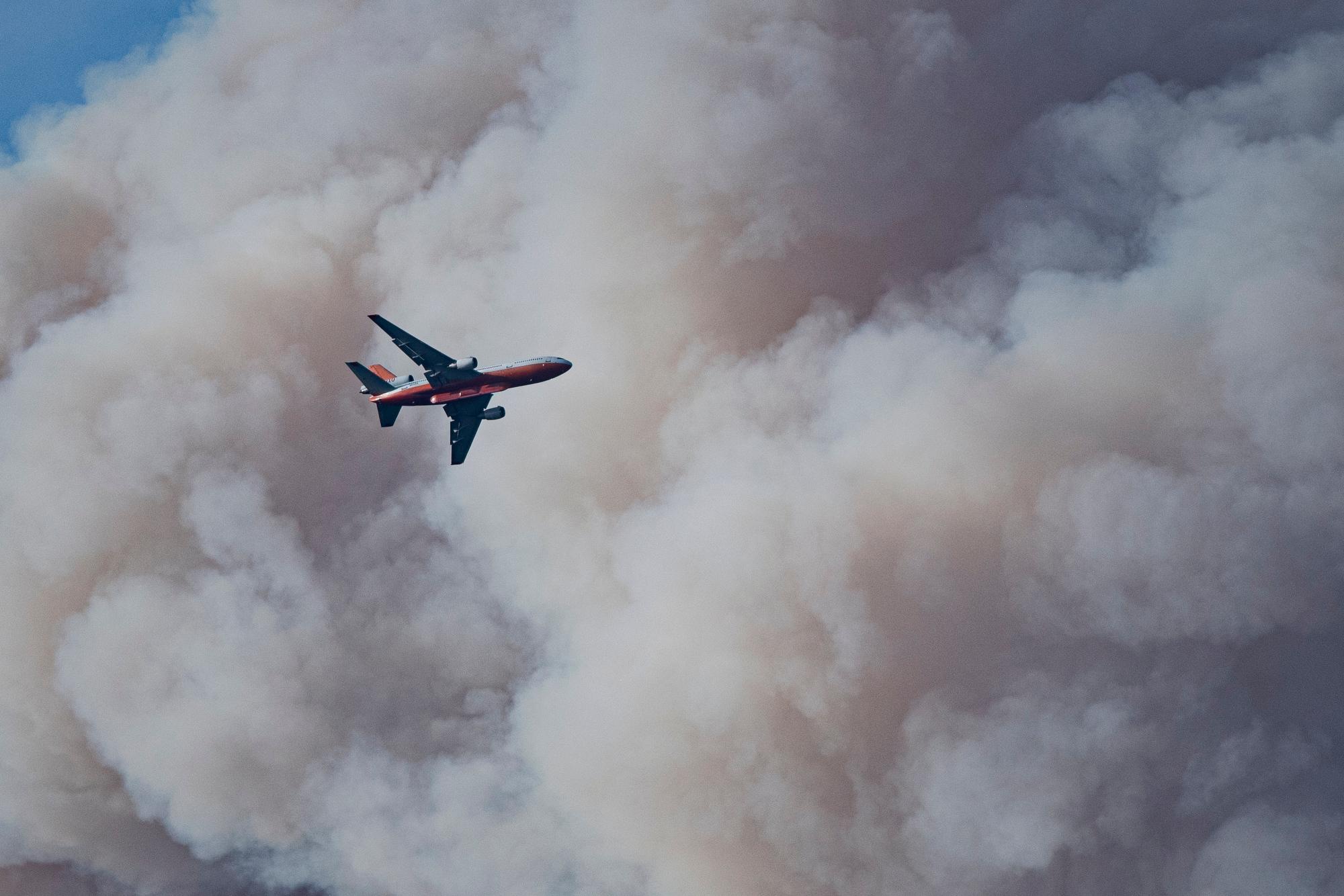
Update Aug. 17, 11:19 a.m.
There are now four fires burning in Colorado. If you are looking for the latest updates, you'll find them here. With hot and dry weather on the horizon, little to no relief is in sight.
Our original story continues below.
Tinder dry conditions and uncooperative weather has fire crews working hard to contain three separate fires on the western and northern sides of Colorado. Gov. Jared Polis visited the incident commands of the western wildfires Friday morning.
“I conveyed my gratitude to the over 1,100 men and women fighting the fires in western Colorado,” the governor said in a statement. “Our entire state is grateful to our first responders for answering the call to protect our communities.”
Here are the latest details:
- Grizzly Creek Fire: 19,440 acres, 0 percent containment (Aug 15 @ 7:30 a.m.)
- Pine Gulch Fire: 73,381 acres, 7 percent containment (Aug 14 @ 2:45 p.m.)
- Cameron Peak Fire: 5,424 acres, no containment (Aug 15 @ 7:30 a.m.)
“It’s no question that this is a difficult time for Coloradans, especially those in the vicinity of the fires, and we appreciate our emergency first responders and public safety workers now more than ever,” Polis said
The two western fires, Pine Gulch north of Grand Junction and Grizzly Creek in the Glenwood Canyon, have produced a lot of smoke that has spread across the state and saturated the Front Range. The growth of the Pine Gulch Fire has now pushed it to the fourth-largest wildfire in state history.
The Grizzly Creek fire has been very active and nearly doubled overnight in size, threatening Glenwood Springs and surrounding the ever-popular Hanging Lake.
Evacuations are in place for some residents near No Name. Firefighters say that if the fire crosses No Name Creek, some homes in Glenwood, north of Interstate 70, would be told to be prepared to evacuate. A 57-mile stretch of I-70 is closed because of the fire, forcing drivers to take detours — and forcing the closures of some back roads as travelers tried to find some way to slip the longer routes around.
The governor hoped interstate could reopen in two or three days. However, any reopening would be entirely dependant on the fire. The Colorado Department of Transportation stressed that no timetable exists for reopening I-70.
The lengthy closure has made getting fuel into the Roaring Fork Valley a challenge. Most of it comes from the Denver area, said Grier Bailey, executive director of the Colorado Wyoming Petroleum Marketers Association. Many tanker trucks now are making a 700-mile round-trip journey from Denver south through Gunnison and up to the valley, he said.
"It's not the first time a fire has happened. The industry is resilient," Bailey said. "Emergency services are still getting fuel and stations are certainly running low, but I don't think they are quote-unquote running out right now."
Those extra miles tankers must travel are straining the system, Bailey said, especially federal limits on drivers' hour of service. But Bailey expects deliveries can continue to operate in this way for another week or so.
The Cameron Peak Fire is burning to the west of Fort Collins in Northern Colorado at Chambers Lake. It grew up to 2,179 acres over Friday morning.
New closures put in place by fire managers will affect camping and other outdoor recreational activities in the area. The Forest Service has posted a map of the affected land in the Arapaho and Roosevelt National Forests.
There are mandatory evacuations in place for residents and businesses in a box bordered by County Road 86 (Deadman Road) from County Road 103 east to County Road 73C and south to Highway 14. The area around Chambers Lake was evacuated early in the fire.
The Associated Press contributed to this report







